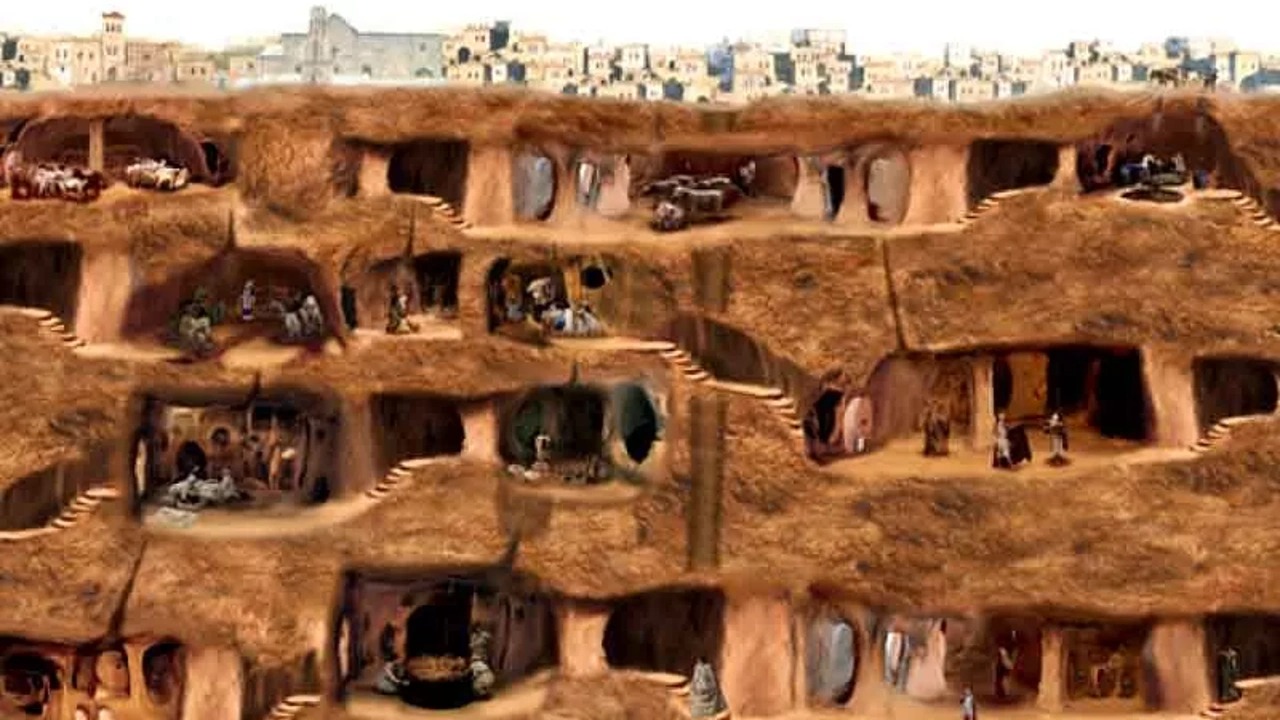
Derinkuyu Underground City: The Mysterious Labyrinth of Cappadocia
Derinkuyu Underground City is one of the most impressive underground cities in the Cappadocia region, located in the Derinkuyu district of Nevşehir, Türkiye. Derinkuyu is situated 30 kilometers away from Nevşehir, which is centrally located in Türkiye. Discovered by a villager by chance in 1963, Derinkuyu Underground City was opened to visitors in 1967. It
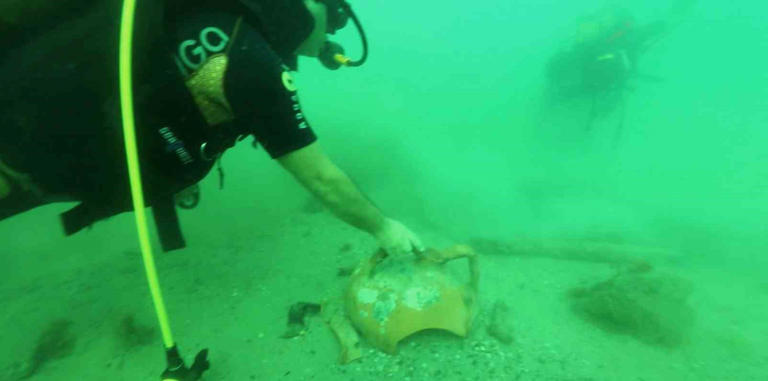
2400-year-old artifacts found in the Black Sea’s first scientific underwater excavation
The first scientific underwater excavation of the Black Sea was carried out in Kerpe Bay. Dozens of historical artifacts dating from the 4th century BC to the 12th century AD were unearthed. Kerpe is a small settlement on the western Black Sea coast of Kandıra district of Kocaeli province in northern Turkey. Kerpe was known
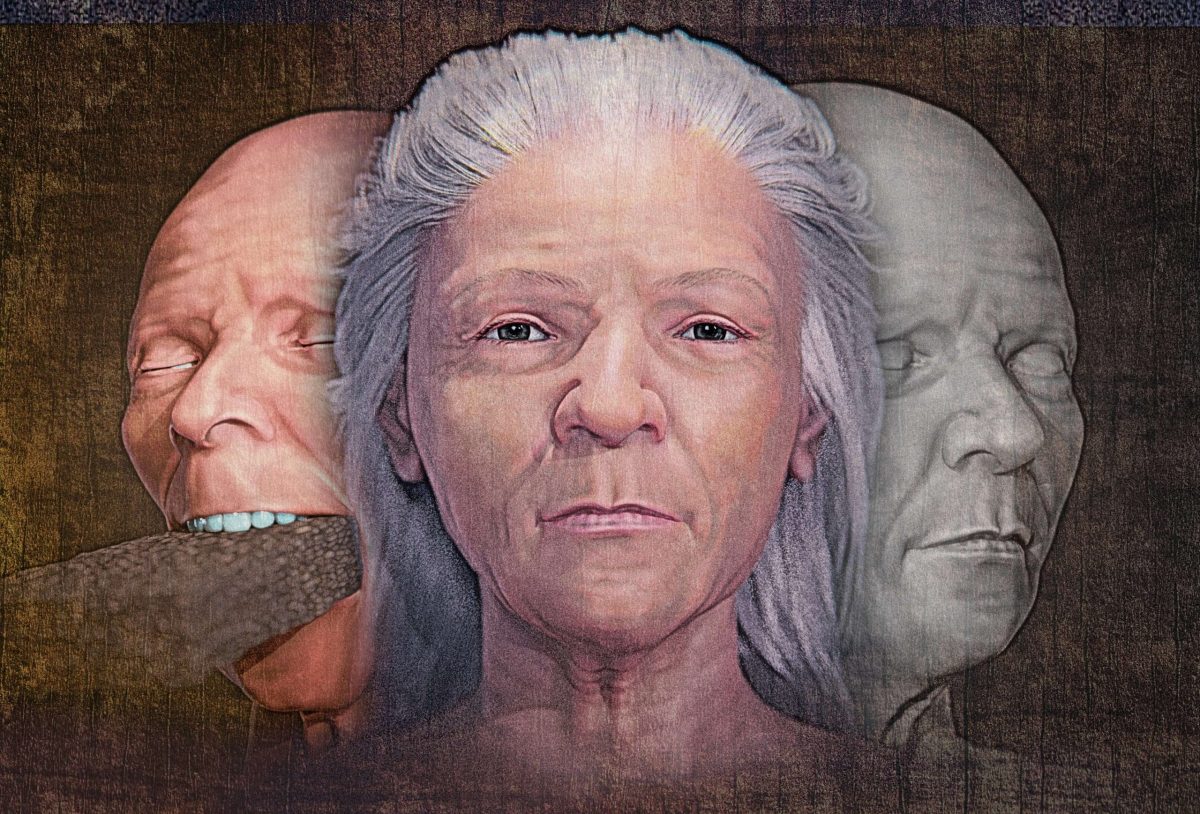
A 16th century Italian ‘vampire’ found buried with a brick in its mouth has had its face reconstructed
The face of a “vampire” whose grave was dug up in Venice in the 16th century and found with a brick in his mouth has been reconstructed. Archaeologists made an interesting discovery while excavating mass graves on the island of Lazzaretto Nuovo in Venice in 2006. In one of the graves, a female skeleton was
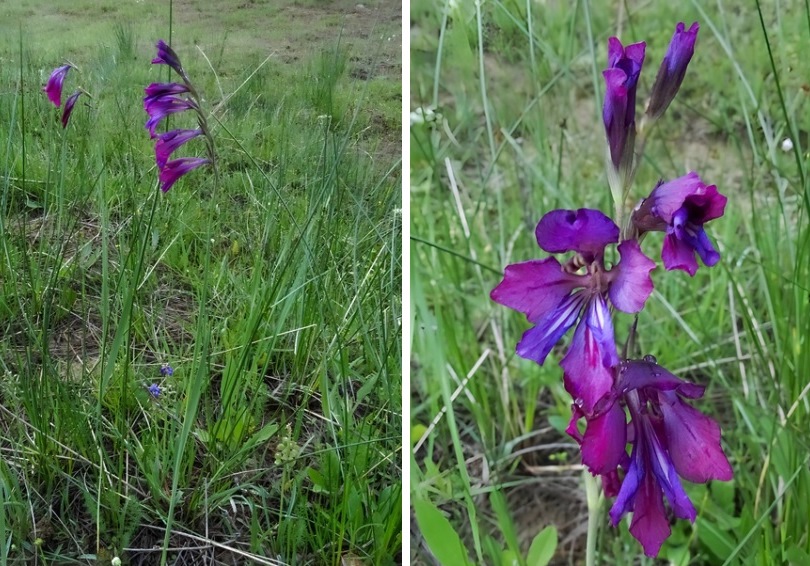
A new and unique plant species discovered in Adana has been named after the city’s mythological name
A new plant species has been discovered in Adana’s Tufanbeyli district in southern Türkiye. Prof. Dr. İsmail Eker, a faculty member at Bolu Abant İzzet Baysal University Department of Biology, Department of Botany, stated that the discovered plant species is unique and has never been seen anywhere before. Eker named this new plant species “Adanus“,
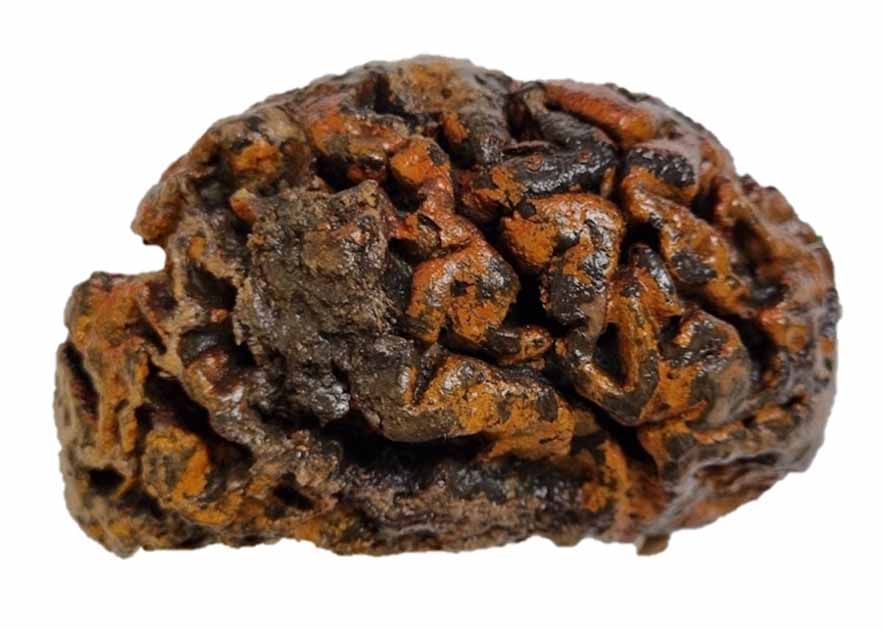
Human brains preserve in diverse environments for at least 12 000 years
A study by forensic anthropologist Alexandra Morton-Hayward and her team from the University of Oxford has shown that the human brain can survive the test of time far better than previously believed. This finding shows that human brains are surprisingly resistant to disintegration, which is a sharp contrast to previous theories. Researchers, canvassed archaeologists around

1800-Year-Old Roman Theater in Iznik Restored
The Iznik Roman Theater, a 2nd-century structure built during the Roman Empire, has been fully restored after extensive renovations. The theater, located in the Iznik district of Bursa, Türkiye, is one of the best-preserved Roman theaters in the country. The Iznik (Nicaea) Theater was built by the Roman Emperor Trajan for the historian and writer
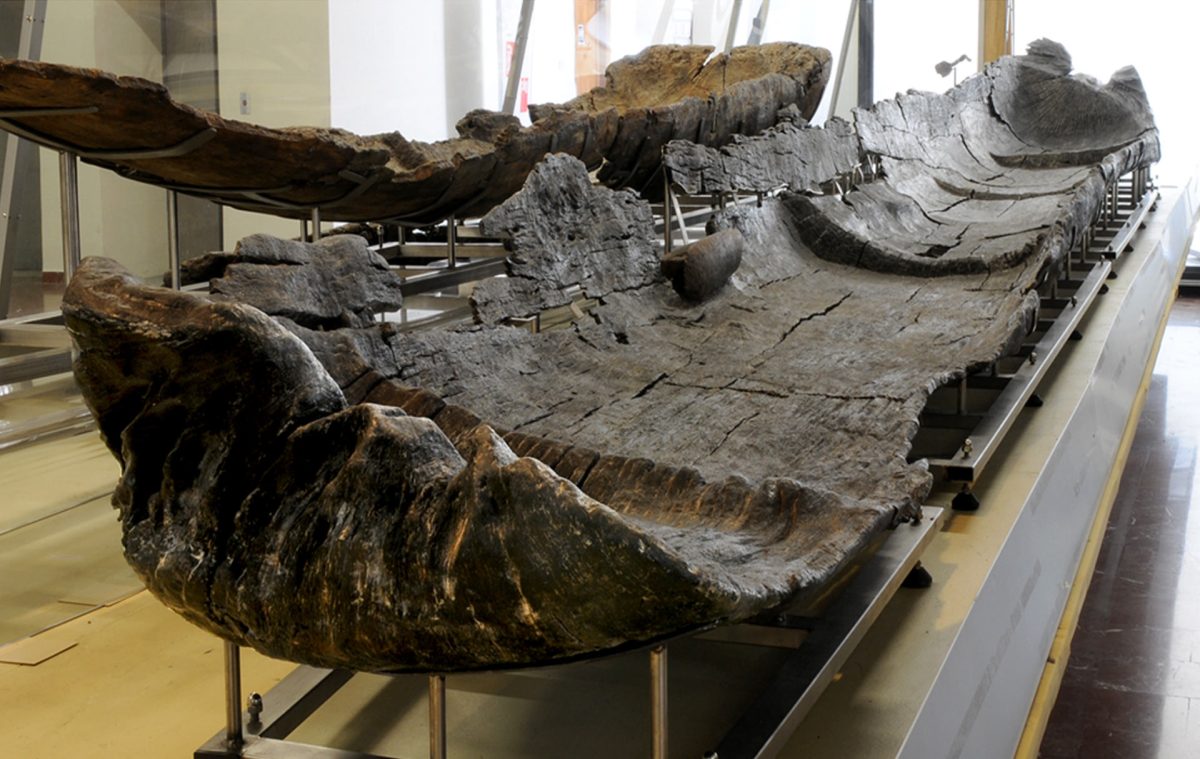
7,000-year-old canoes discovered in Italy show early development of maritime technology in the Mediterranean
A series of canoes estimated to be 7,000 years old have been discovered in the Neolithic (Late Stone Age) lakeshore village of La Marmotta, about 30 km northwest of the Italian capital Rome. These canoes offer new insights into the early development of maritime technology in the Mediterranean. The canoes date between 5700 BC and
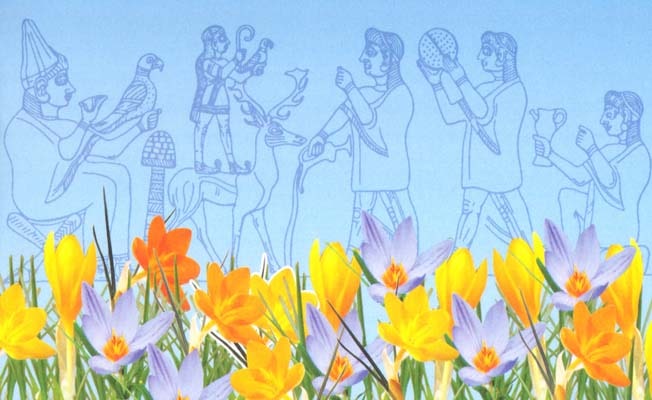
The arrival of spring in the Hittites was celebrated with the Purilli Festival
Spring is a season of abundance, fertility, and the beginning of new lives for humans, and it is a season with many meanings. Therefore; the arrival of spring was welcomed with celebrations, feasts and sacrificial ceremonies. Celebrations differed according to the geography of the people. Each society celebrated the arrival of spring according to its

Found evidence that Ötzi the Iceman’s tattoos were done using a single-ended tool
A new discovery has been made about how the 5,300-year-old mummy known as Ötzi the Iceman, found frozen in the Alps, was tattooed. Scientists have found evidence that Ötzi’s 61 tattoos were made using a single-ended tool. The results of the study, conducted by an international team of archaeologists, historians and tattoo artists, were published
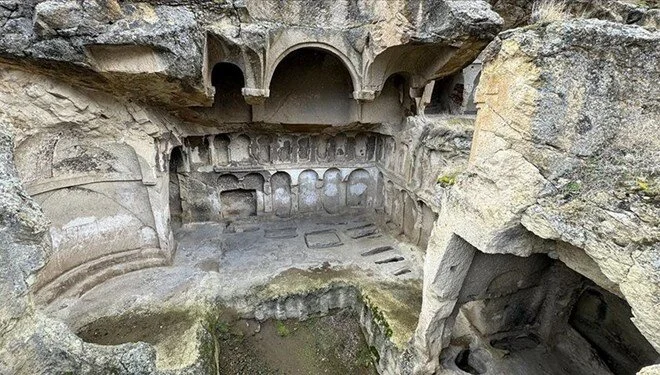
1000-year-old churches carved into rock in Erdemli Valley opened to visitors
Erdemli Valley with 1000-year-old rock churches and structures in Yeşilhisar district of Kayseri was opened to visitors. The canyon in the Erdemli Valley was formed as a result of the flow of lava and erosion by rivers when Mount Erciyes was an active volcano. The valley is about 70 kilometers from Kayseri city center. The
